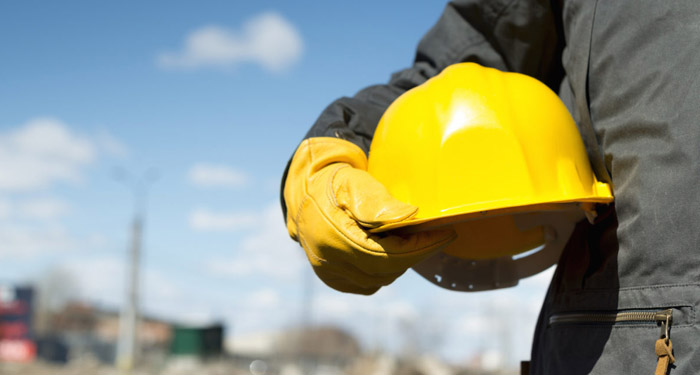Eradicating maritime casualties remains a top priority for the shipping industry which is struggling to keep fatality and injury rates at low figures. A shipping casualty can bring loss of life, cause irreversible injuries, destroy an ecosystem, lead to major cost claims and damage reputation. The only way to avoid all these is to prevent the accident itself.
The constantly renewed list of unexpected incidents at sea has pushed the industry to study and conceive a new, more proactive –instead of the traditional reactive– approach on safety, the so-called ‘Safety II’ concept.
In this context of ‘proactive perspective on safety’, three major organizations from the maritime and offshore industry, joined forces in 2016 on the launch of a risk management tool for shipping, the ‘HiLo’, intended to predict, and therefore prevent incidents, changing the way companies are currently addressing risk.
An accident doesn’t last for a day, a week, a year, but a lifetime and more and time never heals,
–Dr. Grahaeme Henderson, Vice President, Shipping & Maritime, Shell.
What the HiLo is
The HiLo Maritime Risk Management, standing for ‘High Impact Low Frequency’, is a non-profit joint industry initiative, using a predictive mathematical model tool for the first time in shipping industry, to prevent accidents.
What the HiLo does
The HiLo is capable of recording the frequent low-level incidents, which are considered as pre-cursors to major incidents. Then the tool is using its predictive risk model to analyze all the thousands of data points and produce respective safety recommendations.
The analysis can then be used to target the specific areas where safety improvement is needed, helping in this way companies to prevent ‘high-impact’ events, like explosions, collisions and groundings, and upgrade the score of their overall safety performance.
How HiLo works
To achieve this, HiLo works on a three-step process:
- Data collection: Normally, before a serious accident occurs, there are clues or weak signals that if left unchecked could have serious and far-reaching consequences. Collecting this data is no additional burden to crew because HiLo makes use of the data already being captured and reported to companies. The required data is extracted by HiLo and made consistent across companies.
- Data analysis: The extracted data is uploaded into HiLo. The model uses a series of probabilities to calculate the chances of high impact events and ranks them in order of risk. The sophisticated statistical model was developed by experts after examining over 10,000 incidents and weak signals from 1,000 ships over 4 years.
- Actionable insights: Once the risks have been calculated and ranked in order, HiLo identifies the small incidents or weak signals which are contributing to the highest risks. Now the companies can take action to reduce these risks by focusing directly on the identified weak signals. Meanwhile, crews are benefited becoming directly involved in their own safety through the reporting of and subsequent action to prevent the small incidents.
Frequency of occurrences X Probability X Impact of an undesired event = Risk
Example:
For every 100 failures of navigational equipment using an assumed 1% probability that this event leads to a collision and, using an average projected impact of 1 fatality, the calculated risk would be 1.
Who are involved
Developed over the course of three years as a result from collaboration of Shell Shipping and Maritime, Maersk Tankers and Lloyd’s Register Consulting, the project is counting eight more ship operator and technical management companies as founding members: Gaslog; Maran Gas, Stena as Northern Marine, Stolt, Teekay, Torm, Tsakos Columbia Ship Management and V Ships.
Where HiLo applies
HiLo, as a safety program, is currently focused on tankers, but it can be applied also to all the other ship types, including containers, ferries, cruise ships and even naval ships.
What this means for shipping
HiLo is an independent, non-regulatory, not-for-profit organization giving every piece of data a voice to share its story. The more data, the more powerful the insights. Insights that can save lives.
As such, the cooperation summarizes the vision of the industry to a zero-incident future and reflects how shipping can leverage technology to encounter what it has been struggling with since the very first vessel sailed the world’s waters: The unexpected.
We have a vision – a vision of a zero-incident industry. A vision where never again will a child lose their father or mother on one of our ships. We have the power to make the changes,
…said Dr. Grahaeme Henderson, Vice President, Shipping & Maritime, Shell, on the official launch of the HiLo at UK Chamber of Shipping premises in February 2018.
Did you know?
Speaking at the 2019 SAFETY4SEA London Conference, Mr. Manit Chandler, CEO, HiLo Maritime Risk Management, shared key results within HiLO subscribers:
- 72% reduction in risk of lifeboat accidents
- 65% reduction in risk of engine room fires
- 25% reduction in risk of bunker spills


































































